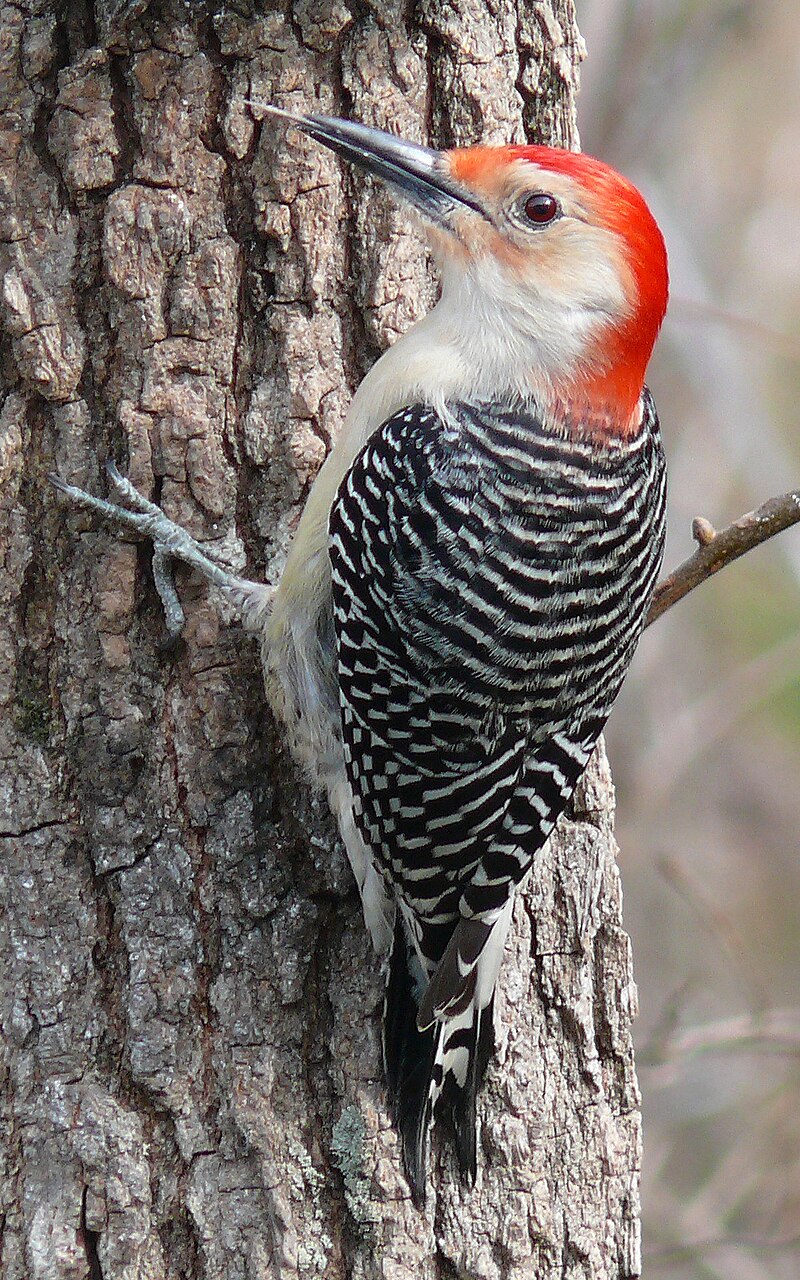Introducing the Tricks of Woodpeckers: Behavior, Habitat, and Extra
Woodpeckers, with their unique habits and specialized adaptations, have long fascinated scientists and nature enthusiasts alike. By uncovering the secrets surrounding woodpeckers' habits and environment selections, a deeper understanding of these avian wonders emerges, using a glance right into their fascinating world.
Woodpecker Behavior Insights
In taking a look at woodpecker habits, an interesting display of specialized skills and adjustments emerges, dropping light on their amazing eco-friendly specific niche. Woodpeckers, recognized for their unique drumming on trees, have a variety of behavior characteristics that add to their survival and success in their environment.
Moreover, woodpeckers exhibit a special feeding behavior defined by their capacity to extract pests from tree bark using their specialized beaks. Their long, barbed tongues help in capturing victim, while their solid neck muscles supply security and precision during pecking activities. This feeding strategy enables woodpeckers to accessibility hidden insect larvae and extract them with impressive performance.
Environment Preferences and Option
What elements influence the habitat preferences and selection of woodpeckers? One crucial factor influencing woodpecker environment option is the schedule of ideal nesting websites. Woodpeckers normally like forests with a mix of mature trees that provide ample opportunities for dental caries excavation.
In addition, woodpeckers reveal a preference for habitats with a bountiful supply of food resources. They are mostly insectivorous, eating beetles, ants, larvae, and other insects located in worn out wood or tree bark. For that reason, woodpeckers tend to prefer woody areas with a varied insect populace to satisfy their dietary demands.
Additionally, the presence of dead or worn out trees is one more key consider woodpecker environment selection. These trees not just supply food sources yet also supply appropriate substrate for dental caries excavation. Dead trees are vital for the maintenance of healthy and balanced woodpecker populations, as they play an essential role in the woodpeckers' life process and community characteristics.
Feeding Routines and Diet Structure
Woodpeckers demonstrate a specialized feeding behavior concentrated on foraging for pests within various habitats. In enhancement to pests, woodpeckers also take in tree sap, fruits, nuts, and seeds, including selection to their diet depending on the season and schedule of food resources.
The foraging techniques of woodpeckers are well-adapted to their arboreal lifestyle. Woodpeckers play a crucial duty in preserving the health and wellness of forests by controlling insect populaces and helping in the decomposition of timber.
Drumming Appears and Communication
Utilizing quick drumming noises on various surface areas, woodpeckers utilize a distinctive kind of interaction to signal region borders and draw in friends. This drumming actions is not just a method of interaction yet likewise functions as a read here means for woodpeckers to develop their existence within a particular area. The intensity, rate, and pattern of the drumming can convey crucial details to other woodpeckers in the location.
Woodpeckers make use of drumming noises to introduce their visibility in a region and to warn off possible burglars. The loud and repetitive nature of the drumming works as a clear signal to other woodpeckers that the area is currently declared. This assists in decreasing disputes and lessening physical conflicts between people.

Survival Adaptations and Specialized Anatomy

Verdict
To conclude, woodpeckers display distinct behaviors, such as drumming audios for interaction, and have specialized makeup for survival in their selected habitats. Their feeding habits and diet regimen structure further show their versatility to various settings. By comprehending these aspects of woodpeckers, scientists and guardians can better secure and preserve these remarkable birds and their environments.